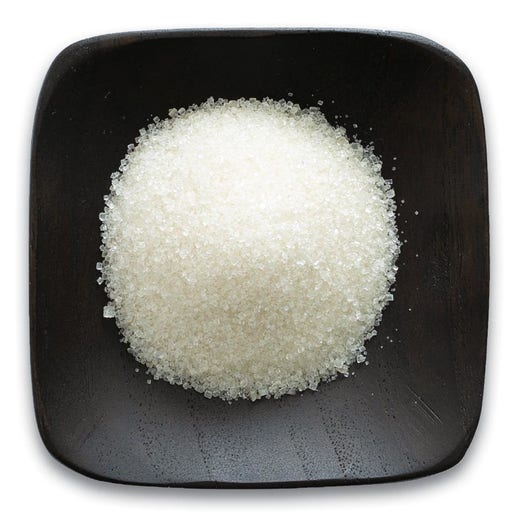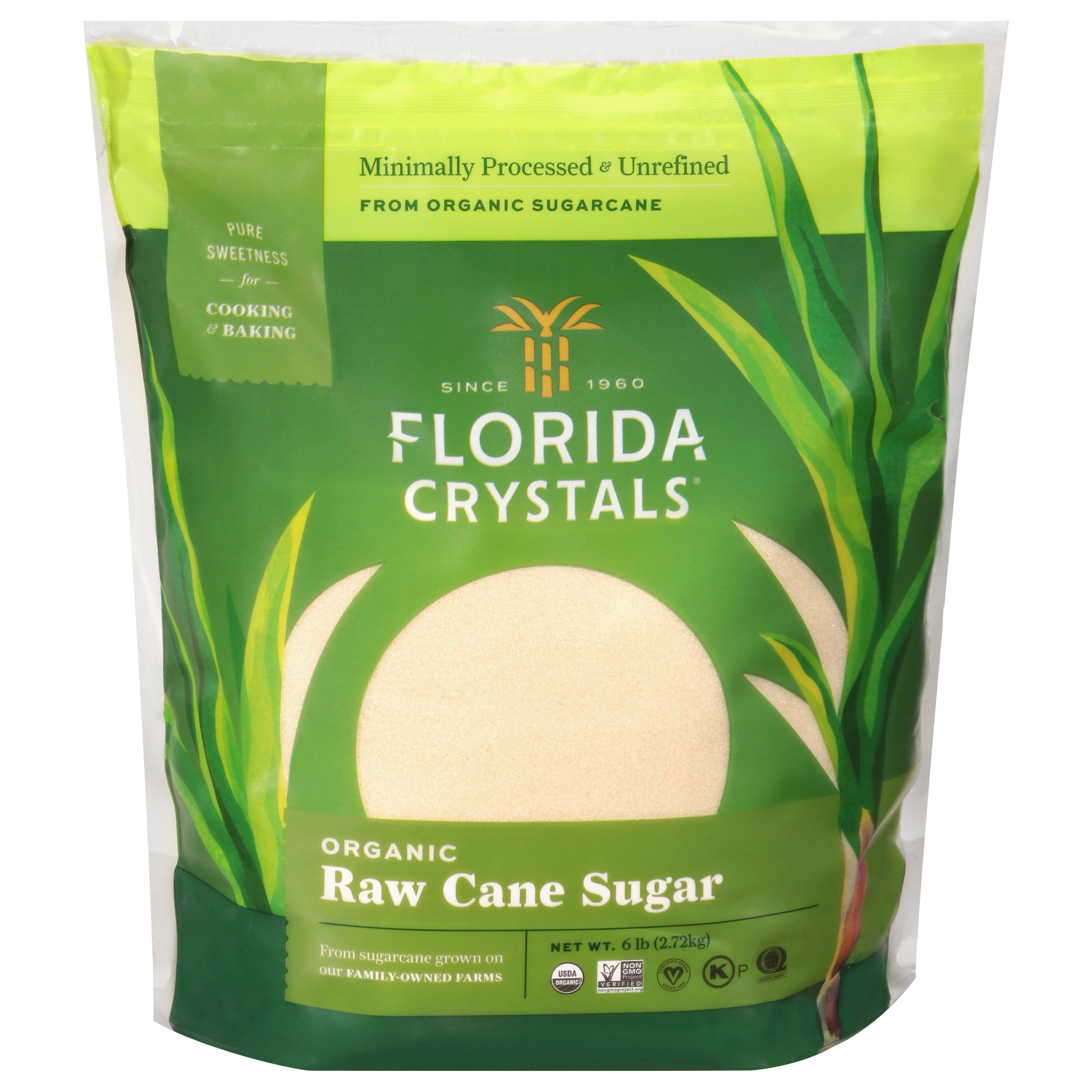Understanding Cane Sugar Processing: A Comprehensive Introduction of the Stages
Understanding Cane Sugar Processing: A Comprehensive Introduction of the Stages
Blog Article
Discovering the Comprehensive Tips Included in Cane Sugar Processing From Collecting to Refinement
The procedure of walking cane sugar production encompasses a series of intricate actions, beginning with the cautious harvesting of sugarcane and culminating in the improvement stages that guarantee the end product meets industry requirements. Each stage, from the removal of juice to the filtration and formation processes, plays a crucial function in establishing the top quality and personality of the sugar. Recognizing these stages not just highlights the intricacy of sugar manufacturing yet additionally increases vital concerns regarding effectiveness, sustainability, and innovation in the industry. What ramifications do these variables have for future practices?
Collecting Sugarcane
Harvesting sugarcane is a critical action in the walking cane sugar processing chain, as it directly affects the high quality and yield of the final item. Correct timing and strategies are necessary throughout this phase to ensure optimum sugar content and reduce losses. Commonly, sugarcane is gathered when it gets to maturity, generally 12 to 18 months after planting, defined by a high sucrose concentration.

Post-harvest, the sugarcane must be refined promptly to stop sucrose degradation. Preferably, collected walking stick should be transferred to processing facilities within 24 hr to maintain sugar high quality. Therefore, efficient logistical preparation is vital to maintain the honesty of the collected crop throughout the supply chain.
Extraction Refine

The smashed walking stick undergoes a series of pushing procedures to optimize juice healing. Normally, warm water is splashed onto the smashed cane, producing a countercurrent flow that helps liquify the sugar while also aiding in the removal procedure. The juice collected from this procedure contains not just sugar however additionally different natural compounds and contaminations.

To boost removal effectiveness, some facilities might use diffusion methods, where the sugarcane is taken in warm water, allowing the soluble sugars to diffuse into the fluid. The resulting juice, rich in sucrose, is after that guided to succeeding processing phases, laying the structure for purification and refinement. The removal process is therefore essential in determining the quality and yield of the last sugar product.
Filtration Techniques
The filtration strategies used in walking stick sugar handling are essential for transforming the raw juice right into a high-grade sugar item. These techniques mainly intend to get rid of pollutants, such as dirt, plant materials, and not natural compounds, which can detrimentally affect the last product's taste and shade.
This procedure includes adding lime and heat to the raw juice, which assists in the coagulation of pollutants. Furthermore, the usage of phosphoric acid can boost the clarification process by more binding contaminations.
Another substantial strategy is carbonatation, where carbon dioxide is presented to the cleared up juice. This response produces calcium carbonate, which captures continuing to be contaminations and advertises their removal.
Moreover, triggered carbon therapy may be used to adsorb any kind of continuing to be colorants and organic pollutants, guaranteeing an extra polished product. The mix of these techniques efficiently prepares the sugar juice for subsequent action in the refining process, setting the stage for the manufacturing of top notch walking stick sugar.
Formation Approaches
After the filtration stage, the following important action in walking cane sugar handling entails crystallization approaches, which play a pivotal function in transforming the made clear juice into strong sugar. This procedure typically utilizes two main techniques: spontaneous condensation and controlled formation.
In spontaneous crystallization, supersaturated sugar options are allowed to cool down naturally, resulting in the formation of sugar crystals with time. This approach is simpler however might cause unequal crystal dimensions and lower purity degrees. On the various other hand, managed formation is a much more precise strategy where seeding, temperature, and focus agents are meticulously managed. This technique permits for the consistent development of sugar crystals and greater purity.
During condensation, the clarified juice is focused through dissipation, enhancing its sugar material until it reaches important link supersaturation. When this factor is attained, either technique can assist in the formation process. Cane Sugar Processing. The resultant sugar crystals are after that divided from the staying syrup through centrifugation
Ultimately, the option of condensation approach affects the high quality, dimension, and pureness of the last sugar item, making this step essential in the total walking cane sugar handling treatment.
Improvement and Product Packaging
Exactly how can the purity and high quality of cane sugar be better boosted after crystallization? The improvement process plays an important function in accomplishing premium cane sugar.
Following, the sugar is subjected to a procedure called centrifugation, where it is rotated at high speeds to divide the detoxified sugar crystals from the staying liquid. After centrifugation, the sugar is usually further fine-tuned through a technique called carbonization or phosphatation, which utilizes turned on carbon or phosphoric acid to get rid of shade and off-flavors.
Once fine-tuned, the sugar is dried out to accomplish the desired wetness web content, ensuring that it remains steady during storage and transport. The final action includes packaging the refined sugar in closed and moisture-proof containers to preserve its quality and avoid contamination. Cane Sugar Processing. Appropriate product packaging not only expands rack blog here life but likewise assists in simple handling and circulation, guaranteeing that consumers receive sugar that satisfies the highest criteria of purity and top quality
Verdict
The thorough actions entailed in cane sugar handling, from the meticulous harvesting of sugarcane to the detailed refinement and packaging phases, highlight the significance of each phase in making sure top notch sugar production. Ideal harvesting their explanation methods, reliable extraction techniques, and rigorous filtration processes jointly add to the end product's pureness and security. The condensation and succeeding packaging methods even more improve the stability and shelf life of the sugar, highlighting the complexity and precision integral in this important farming industry.
The process of cane sugar manufacturing includes a collection of complex actions, starting with the careful harvesting of sugarcane and culminating in the refinement stages that make certain the last product satisfies market criteria. Preferably, collected cane should be carried to processing facilities within 24 hours to maintain sugar top quality.In spontaneous condensation, supersaturated sugar options are enabled to cool normally, leading to the development of sugar crystals over time - Cane Sugar Processing. The improvement process plays a critical role in accomplishing top notch walking stick sugar.The extensive steps entailed in walking cane sugar processing, from the precise harvesting of sugarcane to the detailed refinement and product packaging phases, highlight the significance of each phase in ensuring premium sugar manufacturing
Report this page